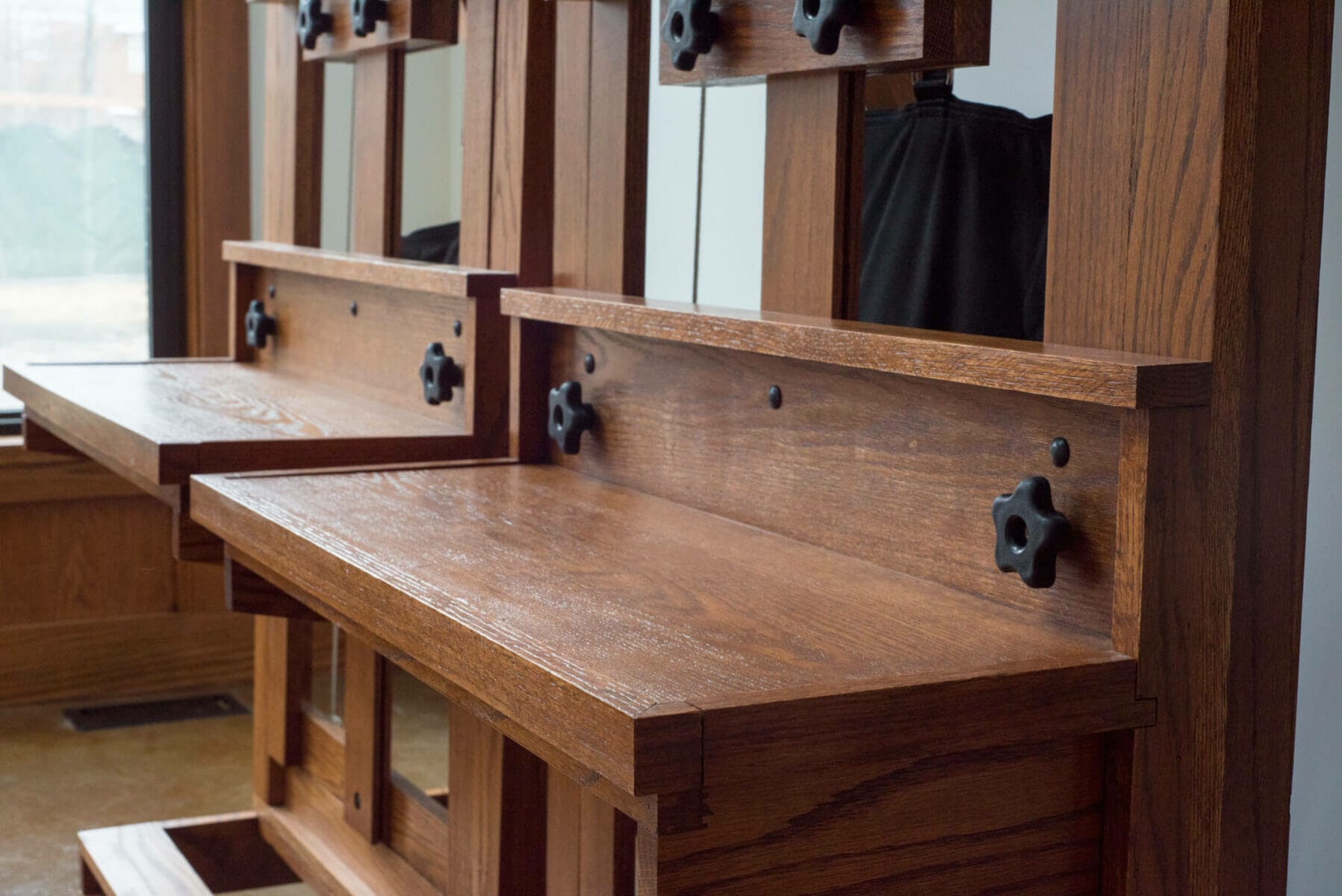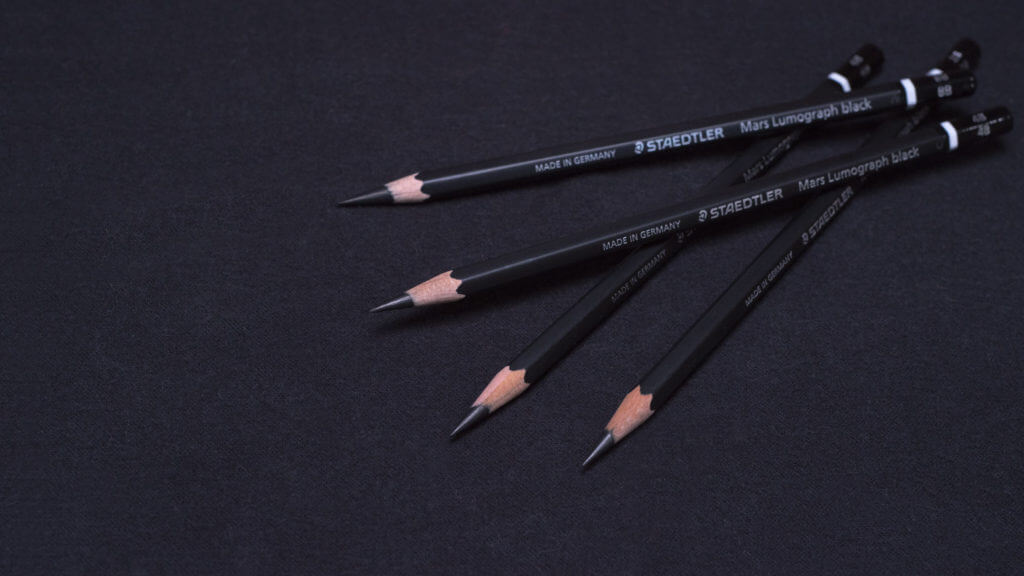Drawing Tutorials: Comparative Measurement, Part III

In the last couple of drawing tutorials I described how Comparisons of Size can help us work out the proportions of the figure – the size of each part relative to the whole. Equally important, however, is positioning – the alignment of any given part of the figure relative to the rest. It’s important to get positioning right, or there could be untold trouble with proportions or posture of our figure.
One of my favorite drawing teachers, the late Deane G. Keller, acknowledged the importance of positioning when he named “Comparisons of Position” among the key tools an artist can use to construct solid figures. Comparisons of Position differ from Comparisons of Size in that we’re not concerned with gauging how large or small anything is in the drawing. Instead, the goal is to see if there are noticeable alignments between key parts of the figure.
We do this primarily with levels and plumbs. In building terms, “level” and “plumb” refer to anything that is perfectly horizontal or vertical, respectively. Level and plumb lines, sometimes called “construction lines”, can be used in drawing to determine what parts of the body might align in any given pose.

A common example is found in the relationship of the sternal notch over the weight-bearing foot on a standing figure. Students are often taught to use a plumb line to ensure these landmarks are roughly aligned vertically on their drawings. If they’re not, the figure will seem to be falling over as its center of gravity will be displaced laterally. We might also use levels to determine positioning of landmarks. For example, in the same standing pose, when the model’s arm is at her side, her elbow may fall at roughly the level of the top of the pelvis. If this holds true on the model, but not on your drawing, you’ve got some fixing to do.

But level and plumb lines aren’t the only comparisons of position we can make. There are 360 degrees, after all, and diagonal reference lines of any conceivable tilt may be employed in positioning landmarks on the figure. On the front of the torso for example, the navel forms a kind of hub from which the positions of various landmarks may be found along diagonal axes, like spokes radiating in all directions: waist, elbows, nipples, iliac spines, acromion processes, sternal notch and others can all be seen to fall on construction lines that pass through the navel at various angles – and the navel is just one example where such alignments can be seen on the figure. The more such comparisons you make on a drawing, the more finely-tuned your drawing will become.







Responses